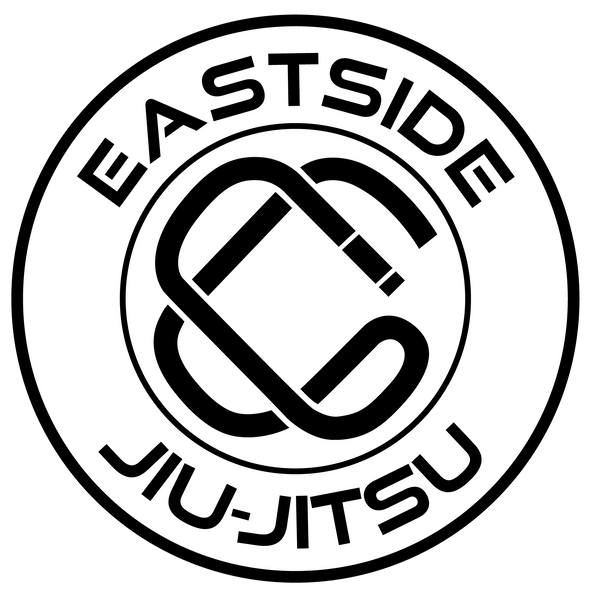Now that you’ve decided to add Brazilian Jiu-Jitsu to your fitness routine, the next step is buying the gear. At Eastside Jiu-Jitsu Club, we want to make getting started in Brazilian Jiu-Jitsu(BJJ) training as easy as possible.
Buying a gi for the first time can be overwhelming—with the wide variety of options, we’ve gathered everything you need to know below. Plus, we’ve also included a list of budget friendly to mid-range gi brands to give you an idea of what you’re looking at.
Understanding gi sizes
Gi sizes use a combination of letters and numbers. The first letter indicates if it's a child's (C, K or M), men's/unisex gi (A), or women's gi (F or W). Next, there is a number indicating the size. A letter after the number indicates it’s a modified/specialized size. While the terms used for modified sizes vary from brand to brand the most common are:
How should your gi fit?
The fit of a gi varies across different martial arts. For BJJ, your gi should be comfortable enough that you can move in it without being so loose that it gets in the way. The sleeves should hit at or just above to your wrist when holding your arms in front of you and at or just above your ankle bones when standing. Your kimono(jacket) should overlap comfortably. Beyond selecting the right size off the size chart, you should also check the measurements (if available). All brands are different but could generally be lumped into two categories, traditional or athletic. Traditional fit gis are meant to be roomier and athletic (or modern) fit gis are more fitted.
What color gi should you buy?
While white is the most traditional gi color for martial arts, they are now available in just about any colour often with contrasting stitching and embroidery. At Eastside Jiu-Jitsu in Orleans, you're welcome to wear whatever colour your heart desires. That being said, many BJJ tournaments require you to wear a white, blue, or black gi. So if you plan to compete in the future, you should keep that in mind.
Gi Fabric 101:Gi top (kimono) weight and weave
This is where things get a little more technical but here's all you need to know to get started. In the product name or description you will see a number for GSM (Grams per Square Meter). The higher the number the denser the fabric. A higher GSM will be stronger and more durable but also stiffer and less breathable. There are also several weaves, like double or pearl, that directly correlate to the GSM. There is no "right" choice as far as fabric weight and weave but rather a personal preference.
Gi Fabric 101: Ripstop vs. cotton pants
Gi pants are available in either cotton or ripstop. Cotton pants are duck (aka canvas) weave or twill (aka drill). Cotton duck or twill pants can be very long-lasting but are also more prone to shrinking and small rips in the fabric can run and become large quickly. Ripstop pants are usually either 100% cotton or a poly-cotton blend. Ripstop is woven in a way that, as the name suggests, stops rips from spreading.
What’s the best gi brand?
There are dozens of gi brands out there to choose from. Grapplers are often passionate about their preferred brands but it really comes down to fit and budget. Here is a list of budget friendly to mid-range gi brands and a comparison of the sizes, fit and price.

If standard sizes don’t work for you check out the wide size range from Canadian company Flawless Kimonos. If you need to mix and match top and bottom Standard Kimonos has an even bigger size range and you can mix and match at no additional cost!
The next step
Come train with us! At Eastside Jiu-Jitsu Club, our mission is to empower our Orleans and East End communities through martial arts, fitness, and wellness. We also believe the best time to start is now so there is no need to wait for your gi to arrive.

